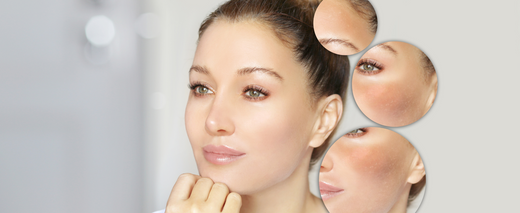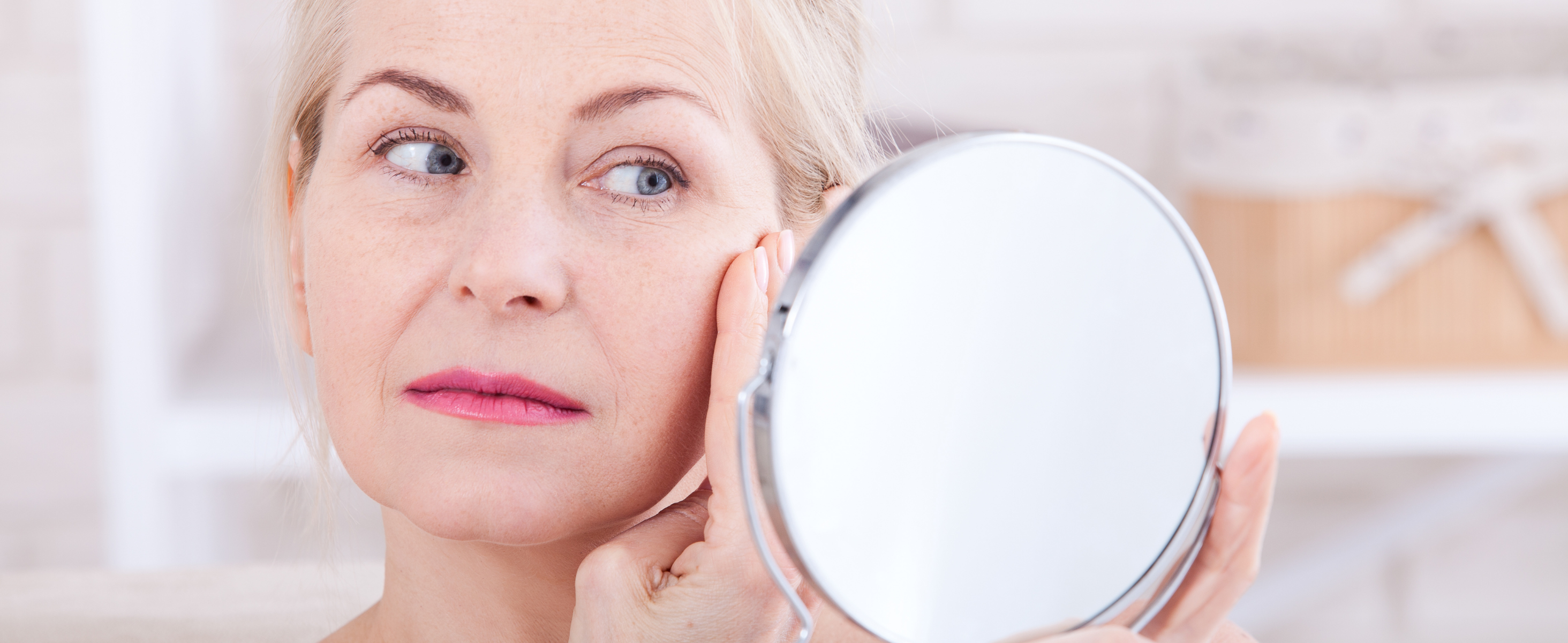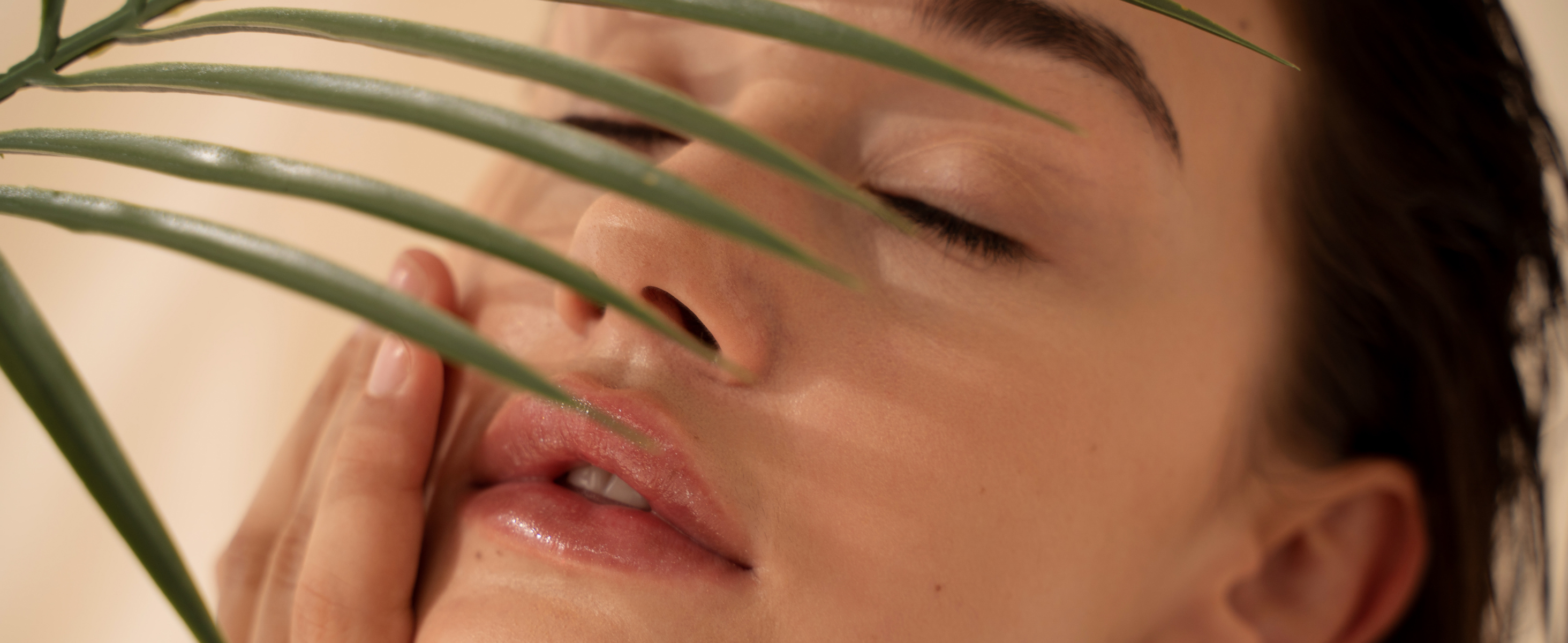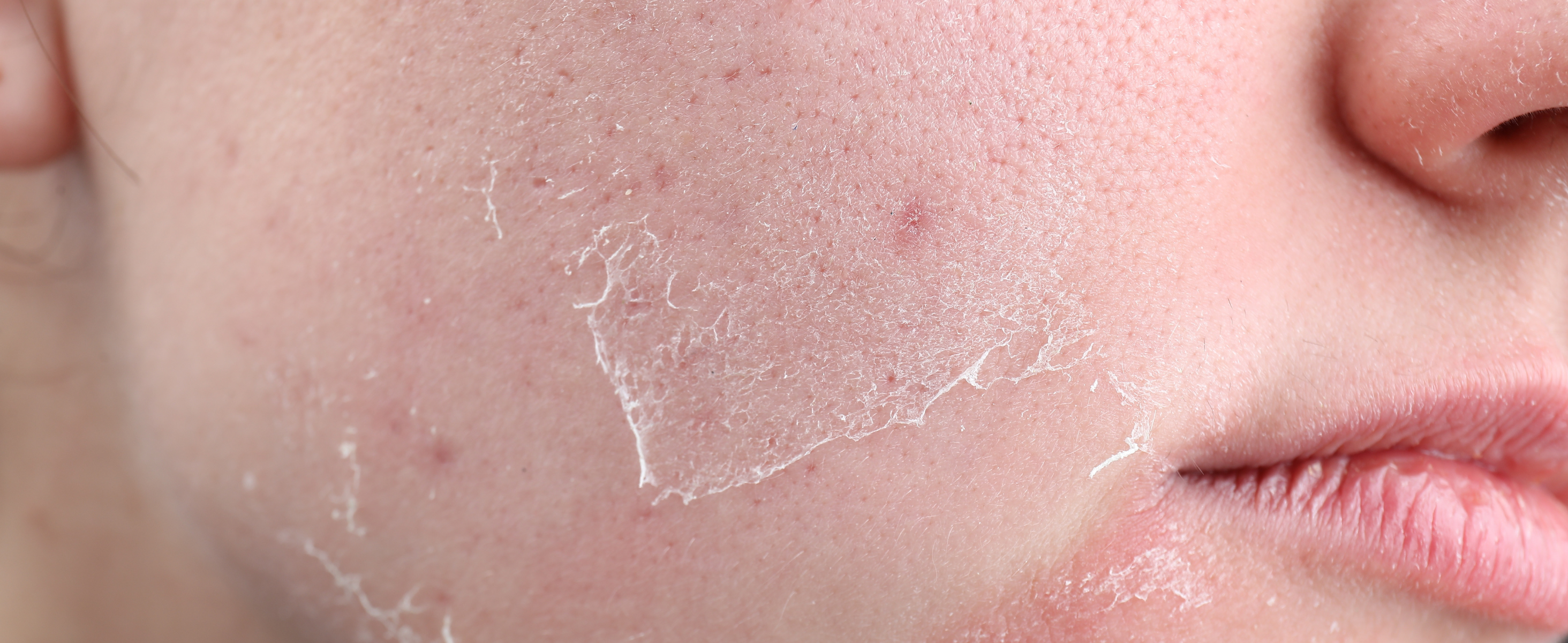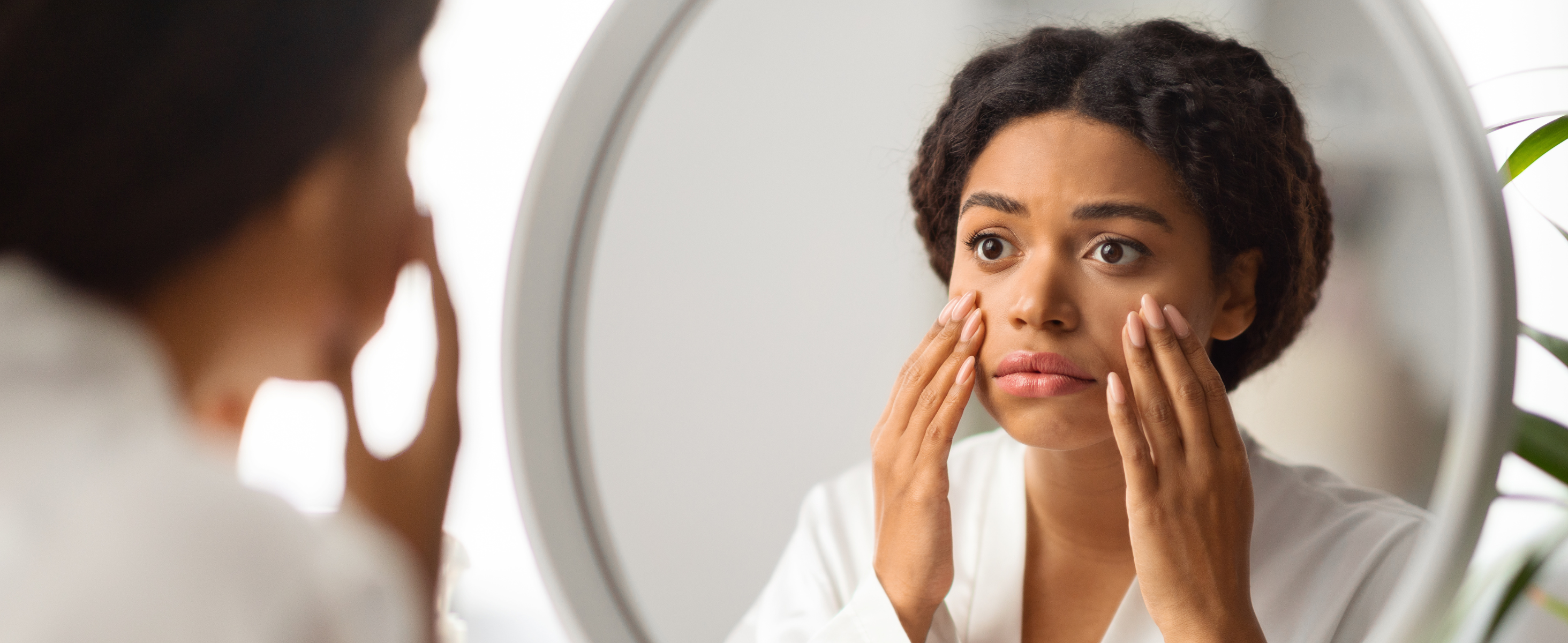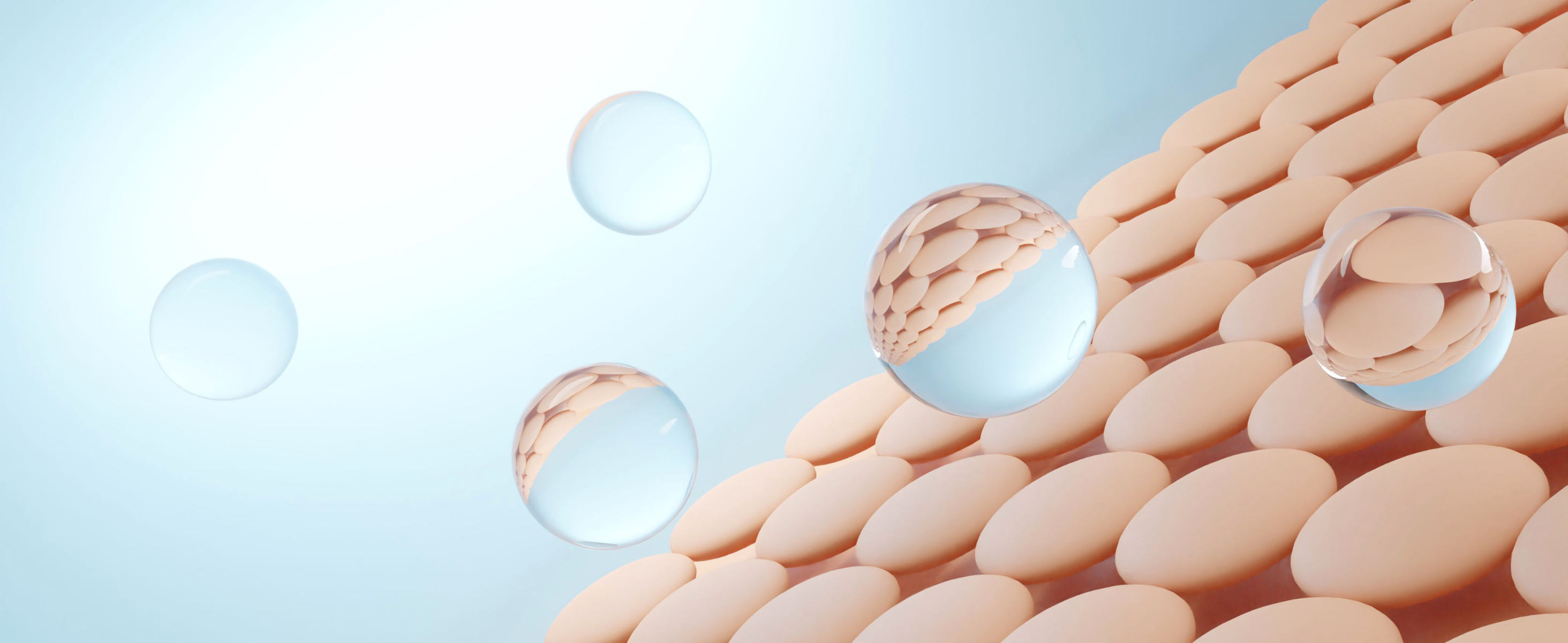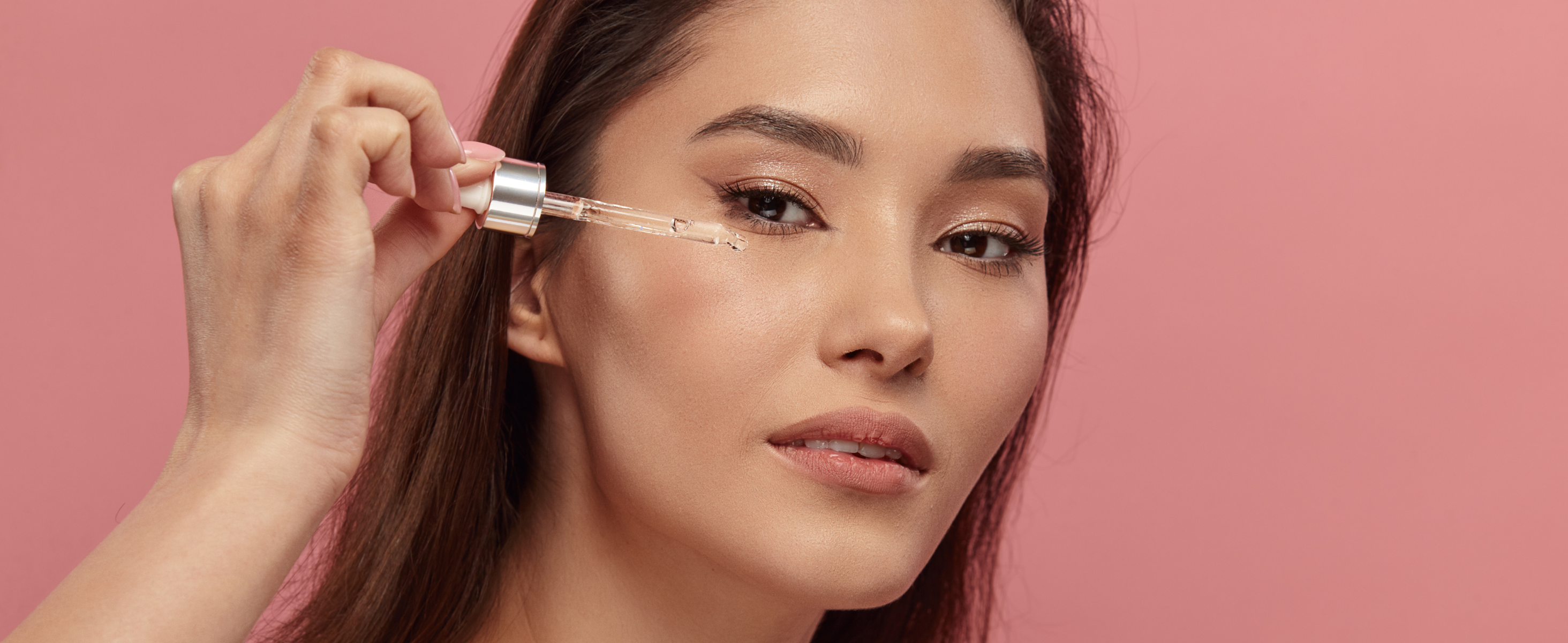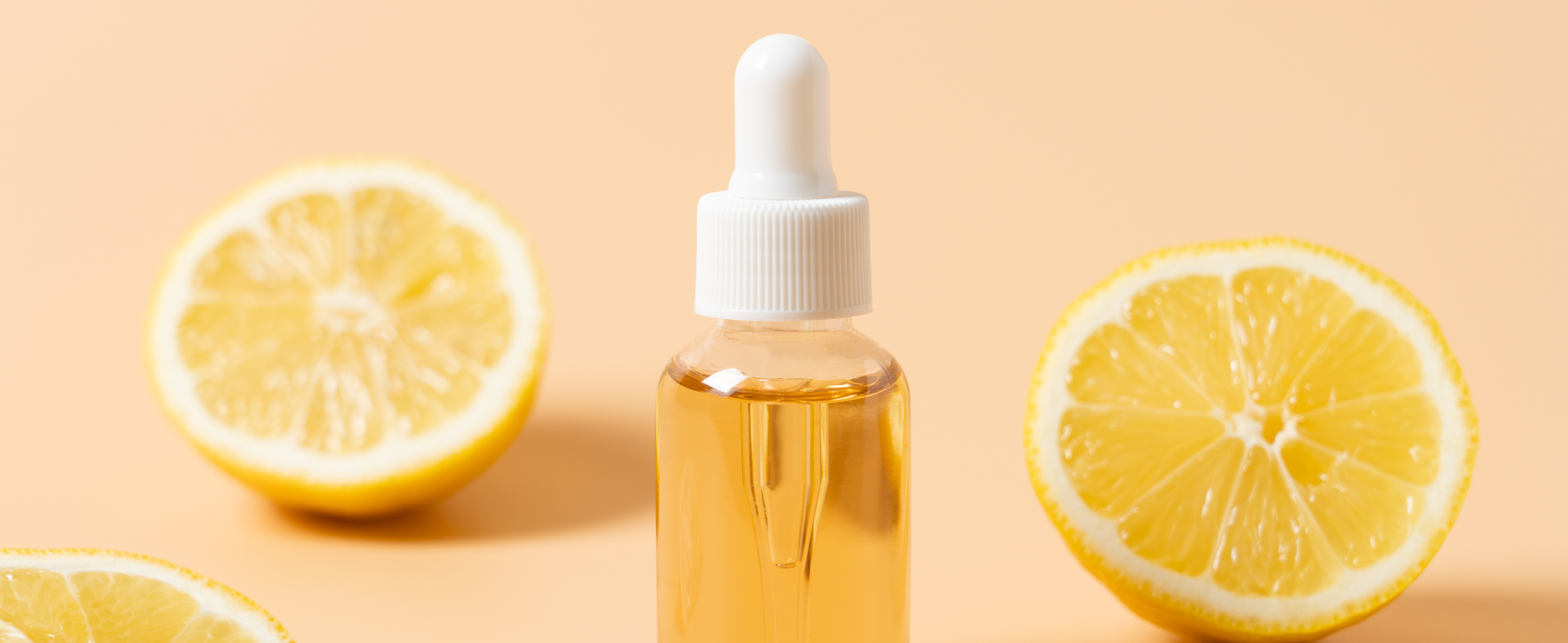Hyperpigmentation is a common skin concern that affects people of all ages and skin tones. It manifests as dark patches or spots on the skin, caused by an overproduction of melanin, the pigment responsible for skin color. Understanding the different types of hyperpigmentation is crucial for choosing the right treatment and achieving a brighter, even-toned complexion. Here, we explore the three main types of hyperpigmentation and provide effective solutions for each.
The Three Main Types of Hyperpigmentation
1. Post-Inflammatory Hyperpigmentation (PIH)
- What It Is: Post-inflammatory hyperpigmen tation (PIH) occurs when the skin darkens after an injury, inflammation, or irritation. Common triggers include acne, eczema, cuts, burns, or even certain cosmetic procedures.
- How It Appears: PIH shows up as flat spots that are darker than your natural skin tone. The color can range from pink, red, or brown to black, depending on your skin type and the severity of the injury.
- Why It Happens: When the skin experiences trauma, it produces excess melanin as part of its healing process. This localized melanin production leads to dark spots that may persist for weeks, months, or even years if left untreated.
2. Melasma
- What It Is: Melasma is a chronic form of hyperpigmentation often linked to hormonal changes. It is commonly seen in women during pregnancy (sometimes referred to as "the mask of pregnancy"), while using birth control pills, or undergoing hormonal therapy.
- How It Appears: Melasma typically presents as symmetrical patches of brown or grayish pigmentation, most commonly on the cheeks, forehead, nose, and upper lip. Unlike PIH, melasma is more diffuse and can cover larger areas.
- Why It Happens: Hormonal fluctuations combined with UV exposure stimulate melanocytes (melanin-producing cells) to overproduce pigment. This makes melasma notoriously stubborn and difficult to treat.
3. Solar Lentigines (Sunspots or Age Spots)
- What It Is: Solar lentigines, often referred to as sunspots or age spots, are a direct result of long-term exposure to UV rays. They are a common sign of photodamage and aging.
- How It Appears: These flat, oval-shaped spots are darker than the surrounding skin and usually appear on sun-exposed areas like the face, hands, shoulders, and arms.
- Why It Happens: UV rays penetrate the skin, causing an overproduction of melanin as a defense mechanism. Over time, this leads to the formation of sunspots, especially in older adults with prolonged sun exposure.
Effective Solutions for Hyperpigmentation
Now that you understand the different types of hyperpigmentation, let’s explore solutions that target these skin concerns effectively.
1. Solutions for Post-Inflammatory Hyperpigmentation (PIH)
- Chemical Exfoliation: Ingredients like salicylic acid (BHA), glycolic acid (AHA), and lactic acid help to gently remove dead skin cells and promote cell turnover, which fades dark spots over time.
- Vitamin C: This powerful antioxidant inhibits melanin production and brightens existing spots, making it an excellent choice for PIH.
- Niacinamide: Known for its anti-inflammatory properties, niacinamide helps calm irritated skin while reducing dark spots.
- Abera Kasumi Glowing Cream: Combining Red Pine Oil and Salicylic Acid, this cream effectively exfoliates and repairs the skin barrier, making it an ideal choice for treating PIH.
2. Solutions for Melasma
- Sunscreen: Daily use of a broad-spectrum sunscreen with SPF 30 or higher is non-negotiable for managing melasma. Look for sunscreens with zinc oxide or titanium dioxide for physical protection.
- Hydroquinone: This gold-standard ingredient inhibits melanin production and is effective for lightening melasma. Use under dermatologist supervision.
- Azelaic Acid: A gentler alternative to hydroquinone, azelaic acid helps reduce melanin synthesis and inflammation.
- Abera Kasumi Glowing Cream: Enriched with soothing botanicals and Red Pine Oil, this cream calms hormonal pigmentation while improving skin texture
3. Solutions for Solar Lentigines (Sunspots)
- Retinoids: Retinol and prescription-strength retinoids boost cell turnover, fading sunspots and improving skin texture.
- Chemical Peels: Professional-grade chemical peels containing trichloroacetic acid (TCA) or glycolic acid can effectively treat sunspots by removing the top layers of damaged skin.
- Laser Treatments: Procedures like IPL (Intense Pulsed Light) target melanin deposits, breaking them down to fade sunspots.
- Abera Kasumi Glowing Cream: Its dual-action formula of Red Pine Oil and Salicylic Acid reduces sunspots while nourishing the skin.
Preventing Hyperpigmentation
While treating hyperpigmentation is possible, prevention is always better than cure. Here are some tips to protect your skin:
- Wear Sunscreen Daily: Protecting your skin from UV damage is crucial for preventing all types of hyperpigmentation.
- Avoid Picking at Your Skin: Picking acne or scabs can worsen PIH and lead to scarring.
- Hydrate and Nourish Your Skin: A healthy skin barrier is less prone to pigmentation issues.
- Incorporate Antioxidants: Ingredients like Vitamin C and Red Pine Oil neutralize free radicals that cause pigmentation.
- Stick to a Routine: Consistency is key when using treatments for hyperpigmentation. Regular application of targeted products like Abera Kasumi Glowing Cream can deliver lasting results.
Conclusion
Hyperpigmentation, whether it’s post-inflammatory, melasma, or sunspots, can be effectively managed with the right approach. By understanding the causes and choosing targeted treatments, you can achieve a brighter, more even skin tone. Abera Kasumi Glowing Cream, with its unique blend of Red Pine Oil and Salicylic Acid, offers a comprehensive solution for all types of hyperpigmentation. Pair it with diligent sun protection and a consistent skincare routine to enjoy radiant, healthy skin.

